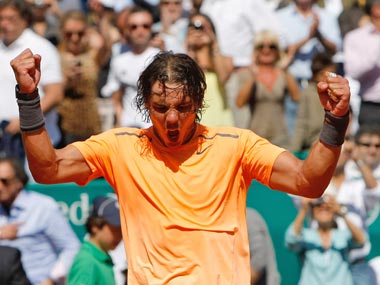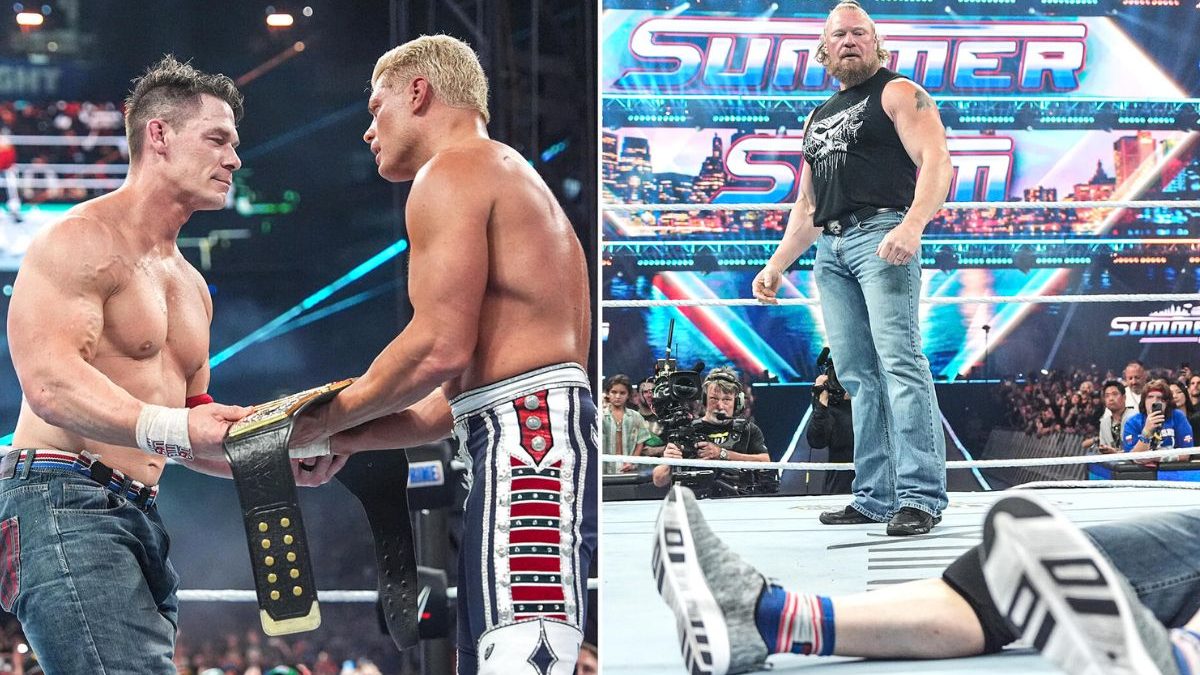So who will lose to Rafael Nadal in the final of the French Open? That is the only question. Even though the semi-finals are yet to be played and David Ferrer has just beaten world number 4 Andy Murray quite convincingly, the questions are only about Nadal’s opponent. There’s no doubt that the Spaniard will get there… perhaps in the minds of most tennis fans, there is no doubt that he will win his seventh French Open crown either because that’s just how good he’s been on clay. [caption id=“attachment_335607” align=“alignleft” width=“380” caption=“Will Nadal win the French Open again? AP”]  [/caption] Just look at the numbers: Nadal won 81 straight matches on clay from 2005 to 2007, a men’s record for all surfaces; he won the French Open for the first time at 18, it was his first visit to Roland Garros; his record in Paris is an astounding 50-1 (a record) and counting, the only loss coming against Robin Soderling in 2009; in 2008, he won the French Open without dropping a set and repeated the feat in 2010, the last player to do that was Bjorn Borg in 1980. As scary as those numbers are – the kicker is that Nadal seems to win at Roland Garros without even playing his best tennis. Last year for example, he was hurting and in his own words, not playing well, but he won. The gap between him and the rest is so huge that it’s almost unfathomable. For a long time, Federer was the only player who came close. The Swiss Master, the winner of 16 Grand Slams, played Nadal four times in the final. He didn’t come close to winning even once and one of those match-ups – in 2008, ended with a scoreline of 6-1, 6-3, 6-0. In those four matches, Nadal has lost just three sets and this is against one of the best players ever. So what really makes Nadal so good on clay? Yes, he’s played a lot on the surface but then so have a lot of the European players. So what makes him different? What makes him a winner? On grass and hard courts, players let instinct take over – it’s too fast to try and do anything else. But on the slower clay courts, you have the time to think about what you want to do. And that’s what Nadal does. It also allows him the time to run around his backhand and unleash a forehand with helicopter–like flourish time and again. The tactics change and when you add dollops of top-spin and the natural angle of the south paw to the mix, you have a potent combination that makes it difficult to keep the ball in play. If you’ve ever played table-tennis, then imagine having to return top-spin shots all the time… And then to counter that, he also has an efficient net game. He doesn’t try the fancy drop volleys – he keeps it simple, comes in when the ball is usually shoulder high and looks to finish the point quickly. And to all of this, you have Nadal’s ability to keep chasing down balls. He doesn’t differentiate between the better players or the qualifiers. Everyone gets the same treatment – some more so than others. His coach Toni Nadal was once asked how he went about training Rafael as a youngster… in essence about the Spaniard’s tools of success. His answer was simple: “Since we played a lot on clay, I focused on his forehand, his topspin and his consistency. For me, those were the three most important points.” For Nadal too, the answer is the same. He doesn’t make mistakes and at the same time, his opponents are going for broke. Sometimes, very rarely, like Soderling they get it right. At other times, which happen very often, like Nicolas Almagro, they get broken. Even his coach can’t understand what makes Nadal so much better than his peers on clay. “I am surprised by his career, yes. Because I look around us and I see a lot of players who are just as good as he is: Murray, Djokovic, Gasquet, for example…These are players who perhaps have an easier touch of the ball. And yet, Rafa has by far the best career. So, you ask me whether I’m surprised. Yes, I am. I’ll go even further, I don’t understand it. He has an incredible game intensity and a good mentality. I think that he has a better mental control than the others,” he told the Tennis magazine in an interview in 2010. But in the end, what makes Nadal so good aren’t just his shots or his willingness to run his socks off or his intensity; what makes him good is his urge to improve with every game, with every shot. His game seems static but it’s anything but that. There was a time when he would chase the ball but now he only runs as much as the others. His variations of top-spin have improved too and as he gets to the later stages of the tournament, his serve starts to kick into high gear. Indeed, what makes Nadal so good on clay is the complete package that he represents. The scary bit is that even though he’s won six titles and is seemingly set for a historic seventh, he still believes he can get better. And against that resolve, one can only hope.
As scary as Nadal’s numbers in Roland Garros are – the kicker is that the Spaniard seems to win in Paris without even playing his best tennis.
Advertisement
End of Article


)

)
)
)
)
)
)
)
)



